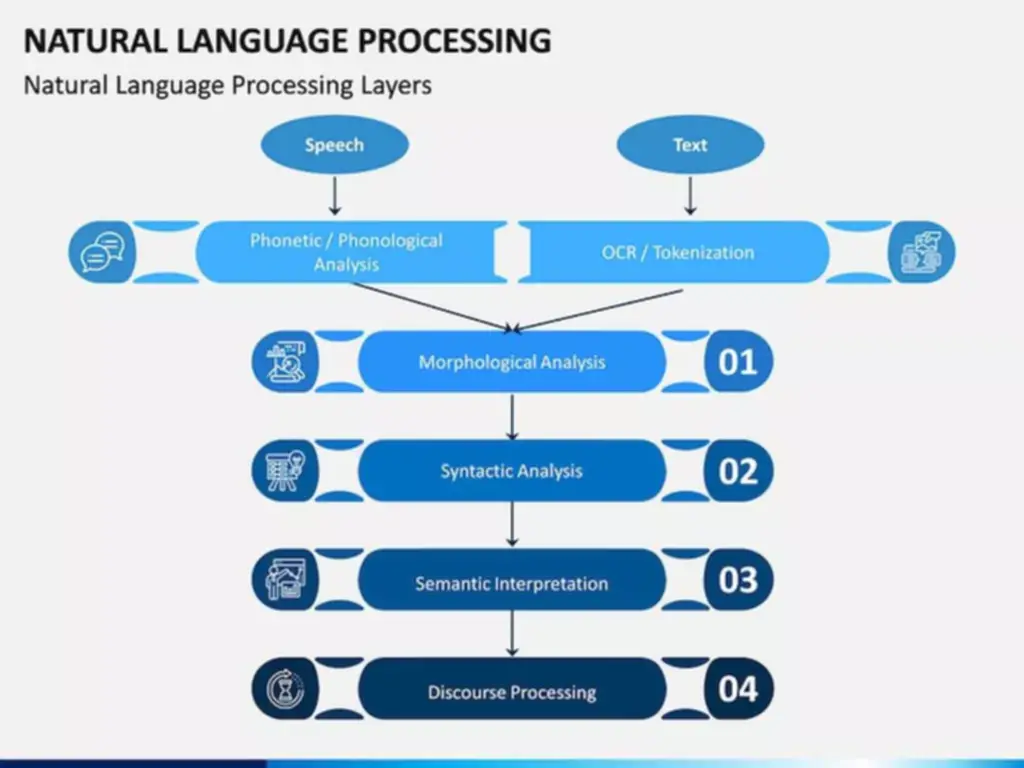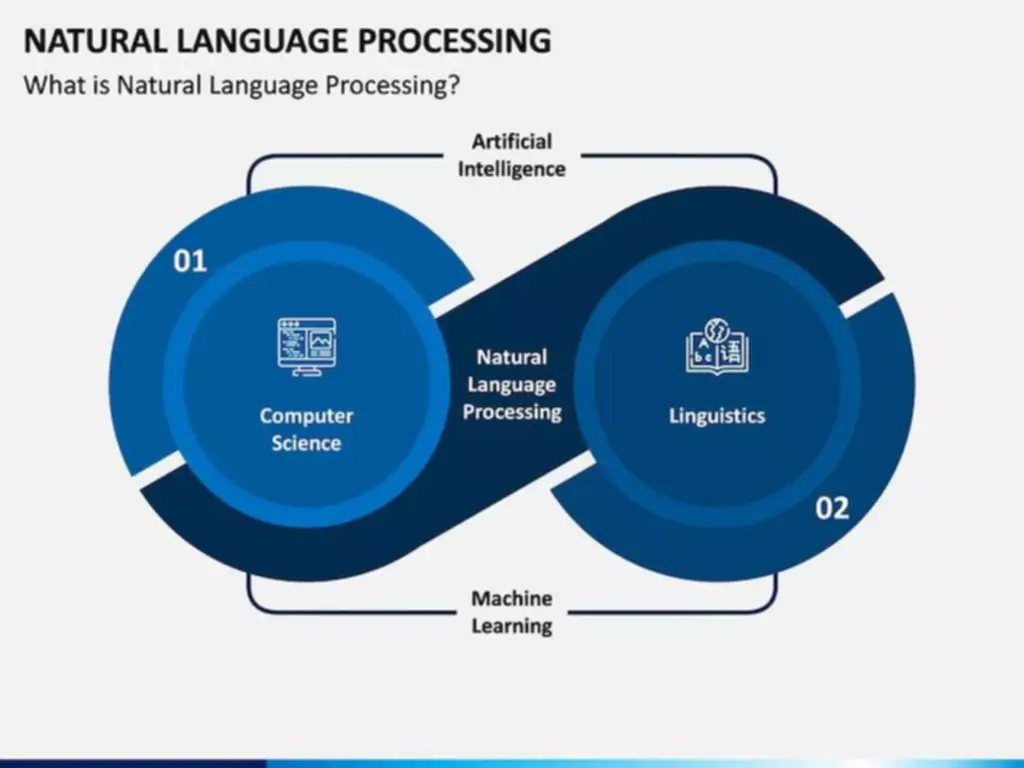But the history of ERP software program begins in the manufacturing industry of the Nineteen Sixties and Seventies. Manufacturers manually tracking stock through inaccurate, error-prone, paper spreadsheets were embracing computer systems and automated stock management. Case, a tractor and building equipment producer, to create the world’s first materials necessities planning (MRP) system. Enterprise Resource Planning (ERP) is the process by which companies handle, streamline, and control each facet of their operations—forecasts and analytics, production and payroll, customer and vendor relationships, and beyond.
Early ERP systems have been primarily centered on managing stock, production, and accounting processes. Vendor ERP methods allowed for enterprise integration of many core functions that are part of many organizations, no matter industry. Corporations in industries as different as manufacturing and insurance share common functional areas, similar to human resources, accounting, and project management. Generic administrative (back office) capabilities are one a part of an ERP system that has been efficiently carried out by corporations. The other part of the ERP system handles the core-business processes and is very dependent upon the character of the particular trade. Enterprise resource planning (ERP) is the integrated administration of primary business processes, typically in real time and mediated by software and technology.
For instance, consider a producing agency that is closely reliant on stock, provide chain management, and distribution of goods. That sort of ERP will be vastly totally different than a client-based ERP similar to a financial establishment’s ERP. ERP purposes might help a corporation turn out to be more self-aware by linking details about production, finance, distribution, and human sources collectively. As A Outcome Of it connects different technologies used by every part of a business, an ERP utility can eliminate pricey duplicates and incompatible technology.
Disconnected Systems Are Slowing You Down
By getting access to correct, up-to-date information, decision-makers could make knowledgeable choices that drive progress and efficiency. Enterprise improvement typically focuses on objectives that coincide with a company’s short-term and long-term progress, in addition to analyzing potential business challenges. Conducting a daily analysis of present systems and processes helps identify when a enterprise might profit from integrating an ERP system. Ramp integrates seamlessly with multiple ERPs, not just Sage Intacct, eliminating the complexity of guide processes and enabling your business to operate extra effectively.
By rigorously weighing the prices and benefits of various ERP solutions, you’ll be able to choose the one that may present the best value on your group over the long run. Several deployment options can be found for ERP systems, including on-premises, cloud-based, and hybrid fashions. Every choice has its advantages and considerations, and organizations ought to fastidiously evaluate their particular needs and requirements before choosing a deployment mannequin.
This seamless integration eliminates bottlenecks, improves effectivity, and ensures each team stays aligned. Understanding the benefits of ERP techniques is important to getting most value out of the platform you choose. By specializing in the core elements that drive efficiency and scalability, businesses can ensure their investment in ERP delivers measurable outcomes. By the 1980s, MRP II was the newest model used by companies that could afford it. Selecting the right ERP system for his or her business is among the most difficult decisions IT leaders face. In addition to the above tier criteria, there may be a wide range of options and capabilities to suppose about.

Erp (enterprise Resource Planning)
SaaS ERP also tends to be more streamlined and supports fewer enterprise processes than on-premises ERP, but this simplicity usually makes it easier to use. One instance of ERP is industry-specific ERP techniques that meet the precise necessities for these business types and offer industry-specific capabilities like materials planning and specialized manufacturing information administration. As A Outcome Of these techniques provide such tailored features, businesses don’t have to do too much customization or combine with many different exterior tools. In contrast, CRM techniques are dedicated to managing buyer relationships and interactions.
Microsoft (MSFT) has lengthy been an industry leader, with many customers using multiple software program applications from the company. Cloud ERPs like SaaS products offer higher scalability, allowing businesses to easily modify sources and options as needed with out important upfront investment in hardware. Cloud ERP methods typically have a subscription-based pricing model, and updates/maintenance are managed by the ERP supplier AI Software Development (not the corporate itself). With the introduction of ASC 606 / IFRS 15, firms follow a five-step process for revenue recognition. This process can be complicated for lots of businesses that use multi-year contracts, together with SaaS companies. A revenue management system can help a company manage their ASC 606 / IFRS 15 reporting and even combine with an ERP system for a number of the data.
- The platform is generally maintained by the company that created it, with client corporations renting companies offered by the platform.
- For an ERP housed at a business’s premises, the business must preserve and implement the system itself quite than counting on on-line solutions.
- There are three main kinds of ERP techniques that perform with totally different deployment model options.
- With so many alternative departments and capabilities within an organization, it can be tough to determine which areas will benefit most from utilizing the ERP software program.
- Once you might have recognized your wants, you can use the knowledge to resolve by comparing systems with comparable options and features.
Dig Deeper On Erp Administration And Management
ERP techniques are built to adapt to your business’s distinctive wants, regardless of measurement or business. Whereas the core performance remains constant, the way different corporations use ERPs can differ widely depending on their scale and operational focus. They allow you to adapt to new opportunities or market demands with out overhauling your entire system, making ERPs a sensible answer for companies looking to operate more efficiently. David Essex is an business editor who covers enterprise functions, emerging technology and market trends, and creates in-depth content for several TechTarget websites. The cloud — more precisely, SaaS — is the platform for these AI developments and almost all the opposite improvements occurring in ERP.

An on-premises ERP system is run on-location on a company’s servers, whereas cloud-based ERP operates on a third-party, distant server. Hybrid ERP is a combine of each, typically with an on-premises ERP at headquarters and cloud-based ERP methods at subsidiaries. Cloud solution service suppliers have giant, full-time groups which are completely devoted to proactively monitoring and staying current with cloud security points and threats, 24 hours a day. Cloud-based know-how was born in the final decade and developed, as a core principle, with a wholly different mindset and understanding of not only what was potential however what was wanted to be successful for ERP platforms. Today, ERP systems are critical for managing thousands of companies of all sizes and in all industries. To these companies, ERP is as indispensable because the electrical energy that retains the lights on.

An open-source ERP system (or any open-source software, for that matter) provides customers with access to the supply code. This means an organization can customise, modify, or redistribute the ERP to raised meet the corporate’s needs. Implementing and sustaining open-source ERP techniques might require extra technical experience and assets compared to commercial ERP options. Perceptions by executives as to the worth that ERP techniques bring to a corporation could additionally be one of the greatest obstacles to profitable full-scale ERP system optimization. With Out complete support and buy-in from C-level executives to drive organizational effectiveness via ERP implementation, the techniques will never understand their full potential.
Leaders within the IT division can use such opportunities to place themselves and their departments as key enterprise partners. The ERP system is often used by finance teams, operations managers, procurement, HR, and executives to handle business-wide processes. ERP systems can coordinate logistics, procurement, and vendor administration in addition to provide visibility into supply chain metrics. ERP systems can observe real-time inventory levels, helping B2B corporations ensure that they’ve the right inventory as well as automate order processing. Successful implementation of an ERP system requires cautious planning and choosing the right enterprise partner.
